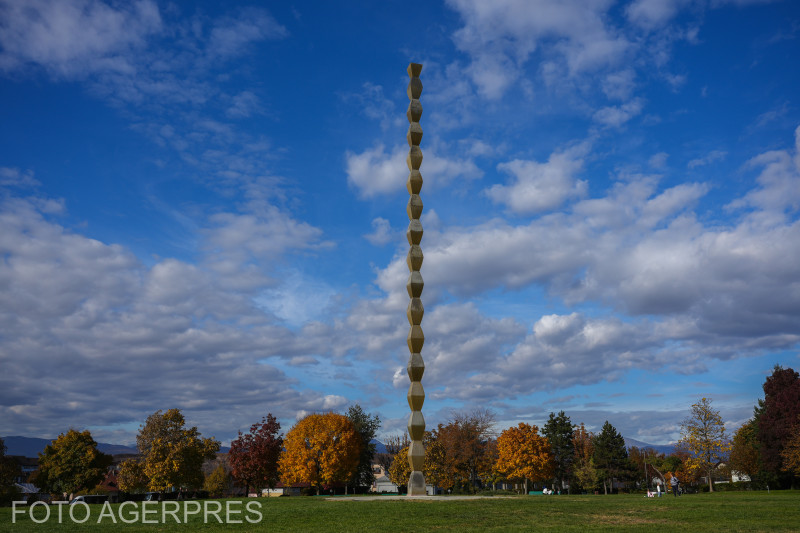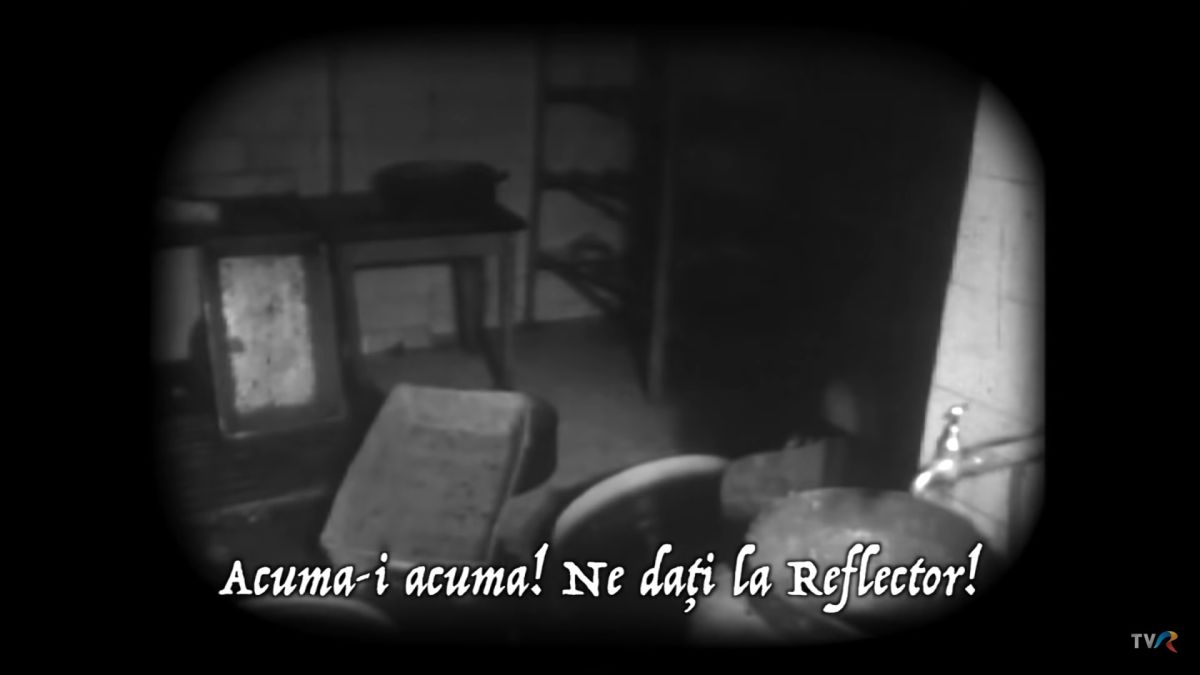Romania’s Arms Industry in the Communist Regime
Weapons have always been a source of income for manufacturers and the emergence of the state meant protecting and favouring the production of weapons, for national security reasons as well as for money-making purposes.

Steliu Lambru, 28.09.2015, 12:56
Weapons and ammunition have always been a source of
income for manufactures, as people have always been driven by the urge to wage
wars. The emergence of the state meant protecting and favouring the production
of weapons, for national security reasons as well as for money-making purposes.
There is no secret that wars have always meant business opportunities and
technological progress. Cynical and harrowing as it may be, the reality of war
has contributed to the progress of many countries’ economies and the emergence
out of the economic crisis, just as it happened in the Second World War.
At the end of World War Two, Romania was
rated as a defeated country. Accordingly, restrictions were imposed on Romania
regarding the number of military it was allowed to have and the weapons the
country could manufacture. However, the communist government in Bucharest could
not give up on its weapons and ammunition production altogether, since partisan
groups in the mountains posed a permanent challenge and the government had no choice other than take
it.
Romanian weapons industry in late and during the
1950s manufactured individual light weaponry, such as handguns, rifles and
grenade launchers. From a military point of view, Romania had joined the Warsaw
Pact, an alliance set up in 1955 at the initiative of the Soviet leader Nikita
Khrushchev. The alliance was made of Albania, Bulgaria, Czechoslovakia, the
German Democratic Republic, Poland, Hungary and the USSR. Being part of the
USSR-led alliance meant levelling the standards for military equipment.
In the early 1960, Romania started distancing itself from the USSR, which, among other things, meant devising a
strategy for the national defence industry. Although a member of the Warsaw
Pact military alliance, Romania felt
the need to develop such an industry. In an interview he gave in 2002 to the
Romanian Television’s Oral History Centre, the President of the State Planning
Committee, Maxim Berghianu, explained the underlying reasons for the emergence
of the national weapons industry.
The weapons industry was
booming, and that for two reasons: first, for fear we might be fatefully
indebted, lest our friends in the Mutual Economic Assistance Council would play
their own game with us regarding weapons, and also to avoid being dependant on
Russians only. Secondly, apart from supplying the army, it was also important
for exports. And that, because it was the most valuable and best-paid export
category, in foreign currency. We did not export tanks. We exported personnel
carriers, armoured vehicles, we extensively exported that kind of individual
weaponry, AKG assault rifles, grenade launchers. We manufactured ammunition for
cannons on a large scale, we also made cannons. We had the 150 mm cannon, with
a range of 40-50 kilometres. We also manufactured explosive charge,
trinitrotoluene.
Most of the
Romanian army’s equipment and military technique were imported from the USSR.
After the invasion of Czechoslovakia, in 1968, Romania speeded up the process
of setting up its own armament industry, with its research-design and execution
phases. The Institute of Armament Research and Technology, Ammunition and
Optical Equipment was working on ground forces equipment, while a similar
institution manufactured aviation equipment. Romania thus started to
manufacture heavy weapons such as tanks, armored personnel carriers, howitzers,
cannons, fighter jets, rocket launchers and machine-guns, as well as more
sophisticated light weapons such as submachine guns and sniper rifles. Military
vehicles were also manufactured.
According
to Maxim Berghianu, the new project was
entirely the initiative of Romania’s new leader, Nicolae Ceusescu, who replaced
Gheorghe Gheorghiu Dej, a sort of Romanian Stalin, in the country’s top
position:
The plans usually came to us from Ceausescu
after being previously discussed in strategic terms, with military experts. We
had a defense industry sector just like we had a machine-engineering sector.
The vice president of the first was Ceandru, an aviation officer. The plans
were discussed with the experts, but the supreme commander had the final say.
Our job was to say if it can be done, if it has potential or not, where it
should be manufactured and what materials were needed to build it.
Aviation
was seen as one of the priorities of the domestic armament industry, a field
with tradition in the interwar period, which was subsequently dropped because of
the pressure put by the USSR. Maxim Berghianu:
We
revived the aviation industry. A large factory was set up in Bacau and another
one in Craiova, while engines were manufactured in Bucharest. Ceausescu liked
the idea of having his own aviation industry. Having an aviation industry meant
having a modern industry, given all the materials involved and the
state-of-the-art measurement and control devices. At the same time with the
development of the industry building power generation machinery for thermal and
hydro plants, we had to develop the electronic and electro-technical industry,
which we needed to produce high voltage devices. So we set up the Electroputere factory, a modern factory
manufacturing high voltage devices, while we developed the low voltage devices
in Bucharest, at the Electroaparataj and Electromagnetica factories. We had to
also work on the electronic and optical industry. The Pipera industrial complex
was designed as a compound.
The
Romanian armament industry was a successful project until the early 1980s.
However, the communist regime’s lack of economic results made it entirely
unproductive by 1989.






























